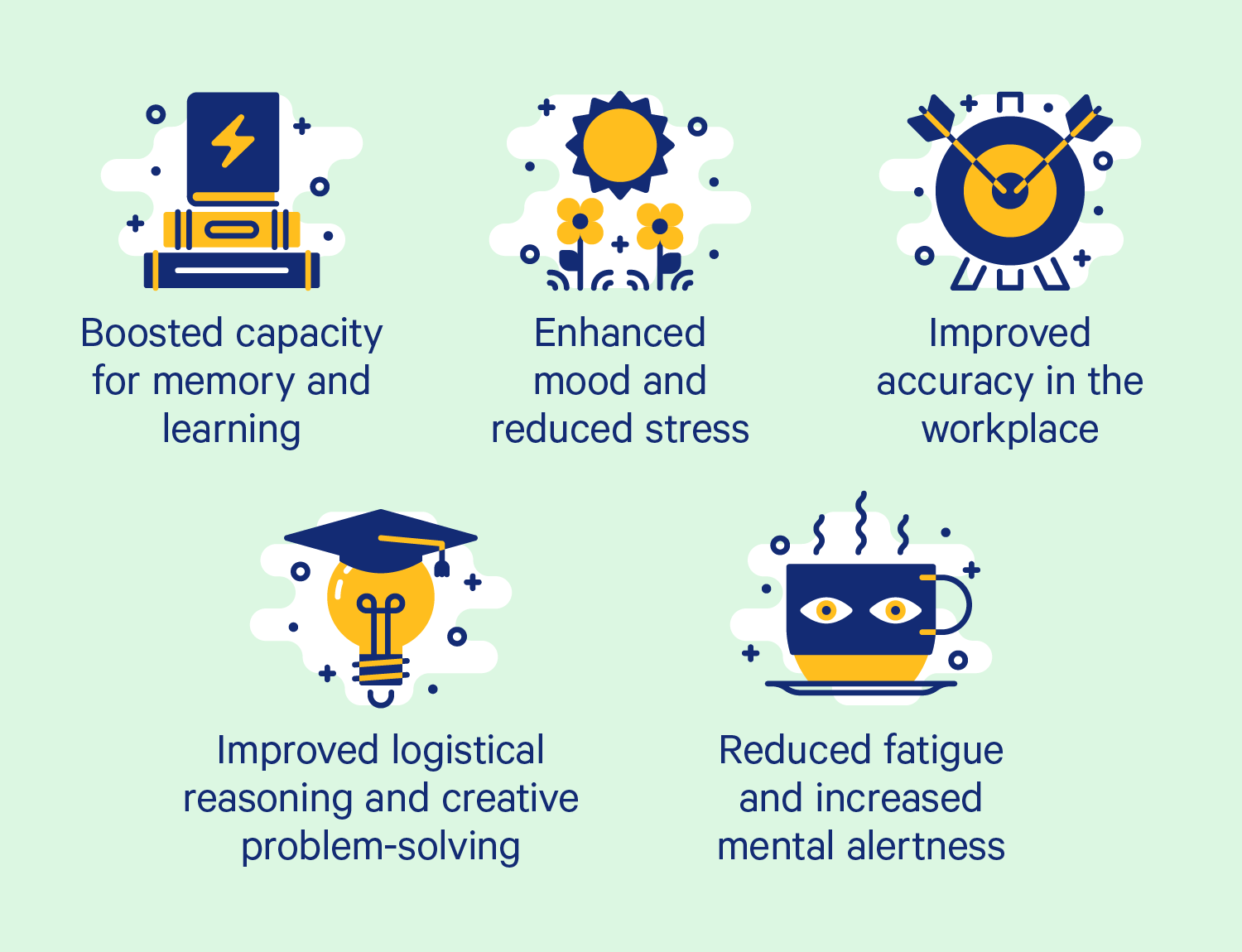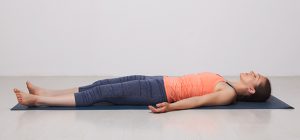So Time To Sleep
Are you unable to sleep because you are bothered by racing thoughts? Do those racing thoughts keep you awake and would you like to stop them? These insights help.

1. Realize that you will still have this brain tomorrow
There is something you should not forget. At least, your brain doesn’t want you to forget it. For example, in your head you rehearse how you are going to tell that colleague the truth after the weekend. Or you’re wondering again what to do about that annoying problem that’s gnawing at you.
Well – good news. The fact that you can think about it like this in bed now – when you are most tired – means that you can think about it even more tomorrow .
When you wake up tomorrow you will still have this brain. In fact – tomorrow your brain will be rested, and it will be much better able to deal with the world in a constructive way.
So let it go. Trust that your brain knows what to do during that conversation with that colleague on Monday. And know that you can put it back to work tomorrow to solve that problem.
Now you can sleep.
2. Know that those racing thoughts are absolutely useless
All those rehearsals and contemplations cost you a lot of energy. They keep you awake and make your brain work overtime. And for what? For a false sense of control .
If you think long enough about the confrontation you want to face, it seems as if you are preparing yourself well. In reality, you mainly become cramped and restless. And that preparation leads nowhere.
Why not? Because life rarely unfolds the way we imagine it does late at night . The reality is always different. Then you are ready with the sharp comments that you have ‘rehearsed’ at night – but the confrontation turns out to be completely absent. Well.
You don’t think about the problems in your life in bed. You do this with a notebook in front of your face, a cup of coffee on the table and nice music. With an attitude of: “So, how are we going to wash that pig.”
So let it go. You can go to sleep. Because if you’re busy doing completely pointless things, you might as well go to sleep. At least that’s good for something.
3. Know that you have no control over it anyway
It is what it is. And you don’t always have control over how things are.
In fact, you have almost no control over most of the things you worry about. That is the reason you suffer from those racing thoughts . Because if you had control over it now, you would just fix the problem. Worrying thoughts give you – as I already wrote – a false sense of control.
By keeping the thoughts in the front of your brain, you seem to gain more control. In reality, you mainly get more stress hormones and a significant sleep deprivation.
You know – it can be hard not to have control over something. But you can also look at it differently. It is also liberating to realize this .
Why? Because then you can let it go. “We’ll see how it turns out” is quite a healthy way of thinking in such a situation. Because this is the only logical response when you have no control over something .
You don’t worry about whether the sun will rise tomorrow, do you? You have no say in that at all. If a black hole suddenly hurls Earth out of the solar system or a nearby supernova sterilizes the planet in an instant – that’s what it is. If we freeze to death, then we freeze to death, my grandmother would have said.
So please go to sleep. You ‘ll see again tomorrow . Life unfolds as it unfolds. That’s what it is. And that’s how it has always been. No reason to worry, but reason to relax. Tomorrow you will be ready again with a rested brain – so time to rest.




